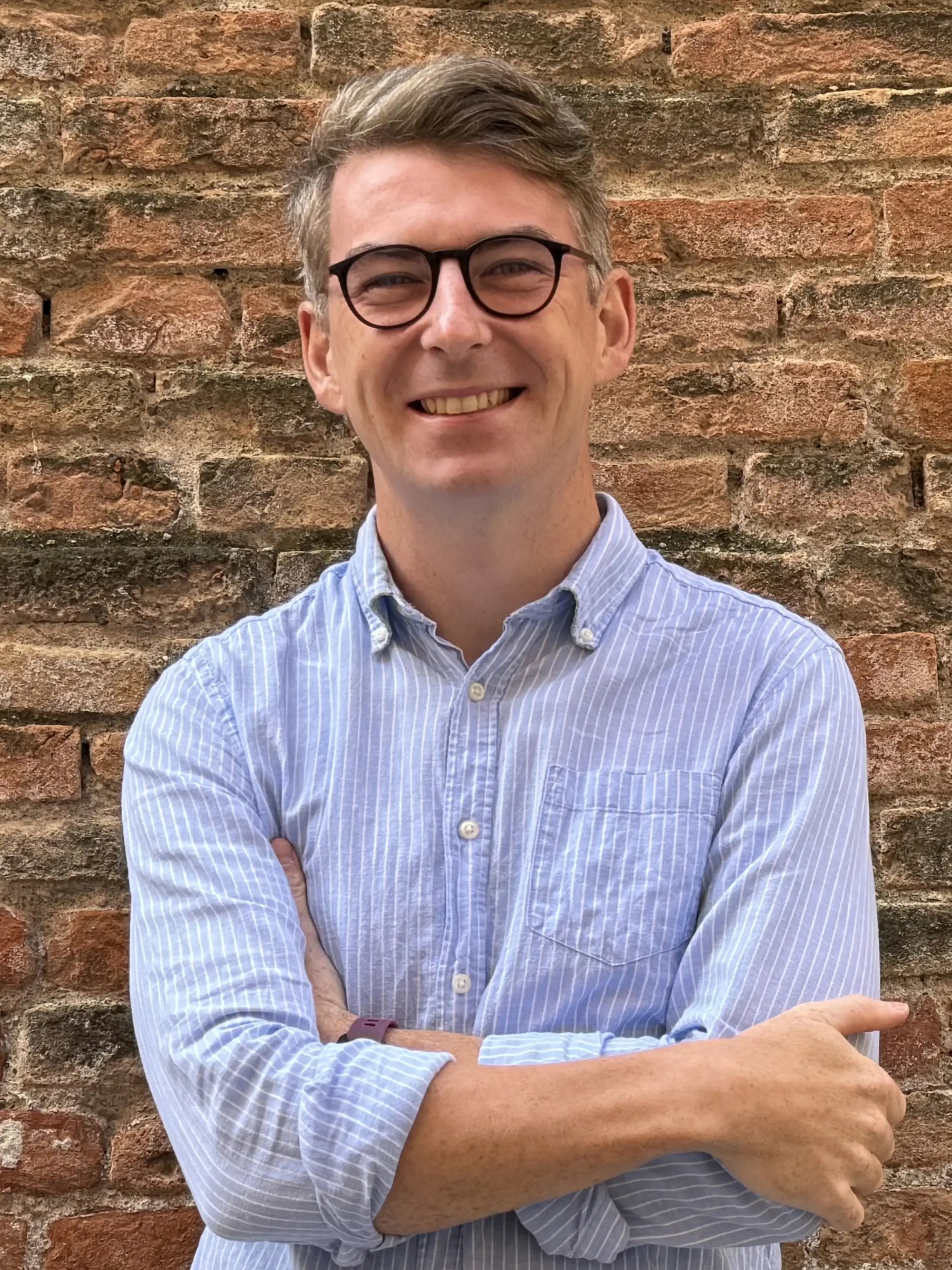Short Biography
Gerard J. O’Reilly (pronounced ge-rard o-rai-li) is an Associate Professor of Structural Engineering at IUSS Pavia (ROSE School). He earned his PhD in Earthquake Engineering and Engineering Seismology from IUSS Pavia in 2016 and has held visiting research positions at the University of California, Berkeley, and the Kobori Research Complex in Tokyo, Japan.
His research focuses on risk assessment, management, and mitigation within performance-based earthquake engineering, addressing economic losses, collapse prevention, post-earthquake functionality, and occupant safety. Combining advanced numerical simulation with empirical data, his work develops models of structural fragility, vulnerability, and risk on a regional scale to guide effective mitigation and decision-making strategies.
He coordinates the €11.6M EU-funded ERIES project and is Principal Investigator of a €1.3M Starting Grant for the SONATA project from the Italian National Science Foundation (Fondo Italiano per la Scienza). In recognition of his contributions, he received the 2022 Shah Family Innovation Prize from EERI and has served as an Associate Editor for Earthquake Spectra since 2025.
Short Biography (Bullet Point List)
- Gerard J. O’Reilly (pronounced ge-rard o-rai-li)
- Associate Professor of Structural Engineering at IUSS Pavia (ROSE School)
- PhD in Earthquake Engineering and Engineering Seismology from IUSS Pavia in 2016
- Visiting researcher at University of California, Berkeley and Kobori Research Complex, Tokyo
- Research focus:
- Risk assessment, management, and mitigation in performance-based earthquake engineering
- Economic losses, collapse prevention, post-earthquake functionality, and occupant safety
- Structural fragility, vulnerability, and regional risk modeling using numerical simulation and empirical data
- Development of mitigation and decision-making strategies
- Coordinator of the €11.6M EU-funded ERIES project
- Principal Investigator of a €1.3M Starting Grant for the SONATA project (Italian National Science Foundation, Fondo Italiano per la Scienza)
- Recipient of the 2022 Shah Family Innovation Prize (EERI)
- Associate Editor at Earthquake Spectra (since 2025)
Extended Biography
Gerard J. O’Reilly (1989) is an Associate Professor of Structural Engineering at IUSS Pavia, completing his Bachelor’s and Master’s degrees in Civil Engineering in Ireland in 2010 and 2013, with a period as a visiting researcher at the University of California, Berkeley in 2012 and at the Kobori Research Complex, Japan in 2019. He obtained his PhD in Earthquake Engineering and Engineering Seismology from IUSS Pavia in 2016.
Primary research interests include a wide range of risk assessment, management and mitigation issues. Research topics include the risk-targeted design and assessment of structures incorporating innovative aspects of performance-based earthquake engineering. These include addressing economic losses, collapse prevention, post-earthquake functionality, and occupant life safety. His work includes the characterisation of seismic hazard and innovative approaches to ground motion record selection for structure-specific and regional-based risk applications. A notable facet of the research carried out with PhD students and international collaborators relates to the fragility, vulnerability and risk modelling of existing structures. This uses advanced numerical simulation methods in tandem with empirical damage observations from past earthquakes to evaluate risk and identify efficient retrofitting measures (both structural and non-structural) that promote a safer and more sustainable built environment. His activities also include the experimental testing of structures and components key to the built environment, critical infrastructures and industrial production via innovative laboratory facilities and techniques. These topics represent the overall effort towards improving the next generation of building codes and guidelines worldwide. Examples include the Sismabonus risk classification guidelines for buildings, and the infrastructure risk classification and management guidelines recently introduced in Italy. Much of this research relates to projects in collaboration with the EUCENTRE Foundation.
He has also been involved in various European projects, such as BRACED and DiSTEEL funded by the European Commission Research Fund for Coal and Steel and FP7 funding programmes, relating to the shake table testing and design of steel frame structures. He has collaborated on the development of simplified tools for the regional assessment of bridge infrastructure in Italy, Israel, and North Macedonia exposed to seismic hazard and ageing effects as part of the INFRA-NAT project funded by the European Civil Protection and Humanitarian Operations. He was the principal investigator of the ROSSINI project funded by the National Institute for Insurance against Accidents at Work, which looked to develop a risk-based navigation system for industrial plant workers at risk of NaTech events. He is the coordinator of the €11.6M EU-funded ERIES project which provides transnational access to research infrastructures to conduct research that will advance frontier knowledge related to seismic, wind and geotechnical hazards. More recently, he has been awarded a €1.3M Starting Grant by the Fondo Italiano per la Scienza (FIS) on the topic of “Sensor-driven statistical tools to evaluate risks and manage safety in the built environment.”
He has received several international awards and recognitions, including the 2022 Shah Family Innovation Prize by the Earthquake Engineering Research Institute (EERI), in addition to the “2020 Outstanding Paper Award” by the International Association for Bridge and Structural Engineering. Since 2025, he joined Earthquake Spectra as an Associate Editor.
He has supervised numerous students at both MSc and PhD levels as part of the Civil Engineering for Mitigation of Risk from Natural Hazards master’s degree programme and the Earthquake Engineering PhD degree programme jointly offered by the University of Pavia and IUSS Pavia.
Last updated: July 2025
